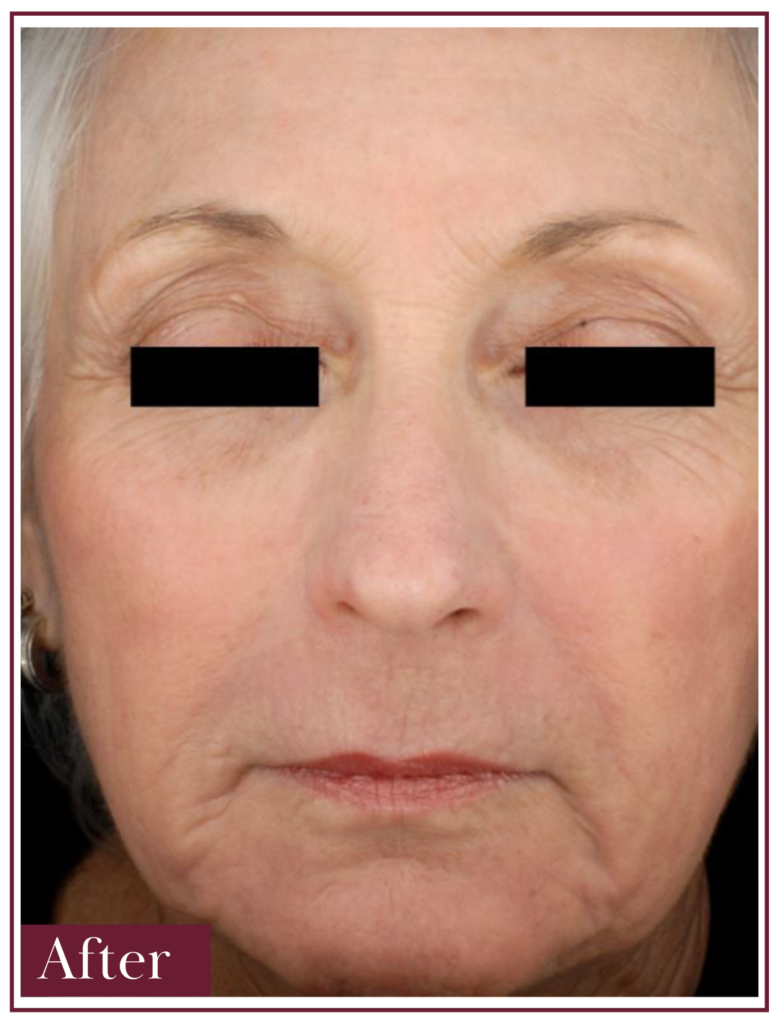SMARTSKIN CO2 RESURFACING
What Is the SmartSkin CO2 Resurfacing Laser?
SmartSkin CO2 Laser treatments are a non-surgical option for reducing wrinkles, scars, sun spots, and hyperpigmentation while also tightening the skin. Using the SmartSkin laser system, Dr. Mohan and her caring staff can address many of the frustrating signs of aging skin. The SmartSkin laser concentrates over 30 years of expertise in dermatology and aesthetic medicine by utilizing a high-powered CO2 laser. With a series of treatments, you will look and feel your absolute best.


How Does SmartSkin CO2 Laser Work?
The SmartSkin CO2 laser is calibrated to emit a 10,600 nm frequency that produces amazing skin rejuvenation results. The system’s special spacers use selective heating with a deep and localized action on the skin.
The effects of CO2 laser treatment by:
- Remodeling tissue in-depth
- Toning flabby skin
- Stimulating fibroblast activity to produce new collagen
- This results in quicker recovery time and accelerates dermal tissues healing*
CO2 laser technology has been the gold standard in skin resurfacing for over 15 years. Therapy that utilizes CO2 technology offers optimal energy distribution to treat a wider range of patients for both collagen remodeling and reversing signs of aging.
What Does the SmartSkin CO2 Laser Treat?
- Acne scars
- Crow’s feet
- Forehead wrinkles
- Frown lines
- Hyperpigmentation
- Marionette lines
- Sun spots
What Can I Expect From the Results?
At Rosewood in Central Michigan, some patients experience dramatic results after just one session with minimal bleeding, pain and wound care. However, the exact number of necessary treatments will vary from patient to patient, depending on the extent of your concerns. The SmartSkin selectively reaches surface tissues and deeper areas, ensuring maximum reliability in controlling the application, with minimal thermal damage. This hugely reduces the patient downtime associated with fractional CO2 laser treatments. The skin may be red and swollen for a few days with the re-epithelialization occurring on day 2-3.



